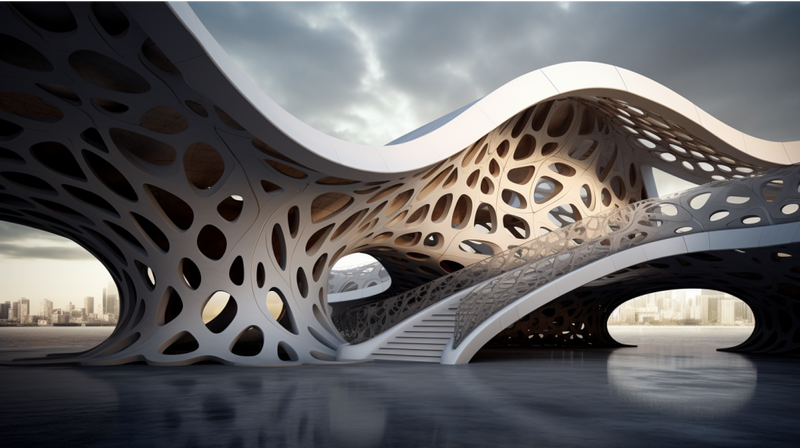Moving Buildings: How Smart Design Creates Dynamic Architecture
The way we design buildings is always changing, exploring the deep connections between art, technology, and being environmentally friendly. One exciting new area is kinetic architecture, which is an interesting mix of moving building parts and smart design. This opens up new possibilities for dynamic and adaptable environments.
The Magic of Movement
Kinetic architecture, which makes movement and transformation central to its design, not only makes buildings visually and practically dynamic but also smartly responds to challenges like changing climate and user needs. Imagine walls that automatically adjust their positions based on how many people are in a room, or outer walls (facades) that change their shape in response to different weather conditions. This can improve energy efficiency and user comfort. These examples of moving architecture can shape an efficient, sustainable, and beautiful future, reducing the growing demands on energy resources and adapting to many different user needs.
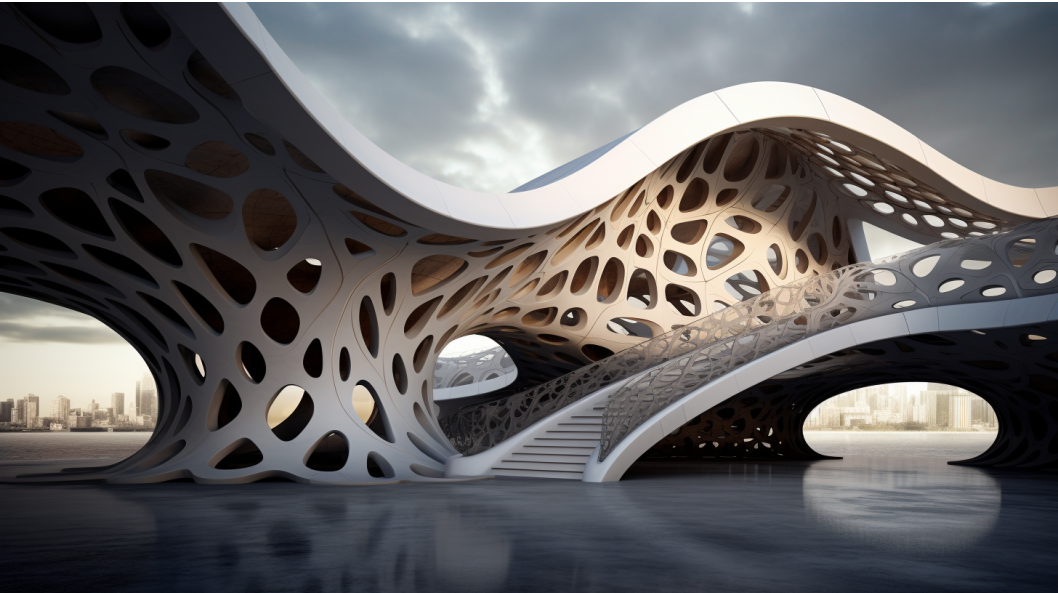
Smart Design as a Key Player
In this context, parametric design acts as a key player in making kinetic architecture a reality. With its roots in defining settings and rules that automatically control the design process, parametric design isn't just a technique but a way of thinking that includes flexibility and dynamic adaptability. By using computer rules (algorithms) that respond to many different factors like material properties, environmental conditions, and user requirements, parametric design allows architects to imagine structures that are not fixed, but dynamically adaptable.
Moving Parts: Creating an Interactive Building
Connecting parametric design and kinetic architecture creates opportunities for dynamic building elements to become active participants in an environment, rather than just being passive parts. Facades, walls, ceilings, and floors can all become interactive elements, responding and adapting to outside influences. By adding sensors and actuators (moving parts) within these dynamic elements, controlled by settings defined by architects, buildings can adapt, change shape, and interact with the people inside and the environment in real-time. This not only leads to visually appealing structures but also helps create environments that are naturally connected to their ecological and social surroundings.
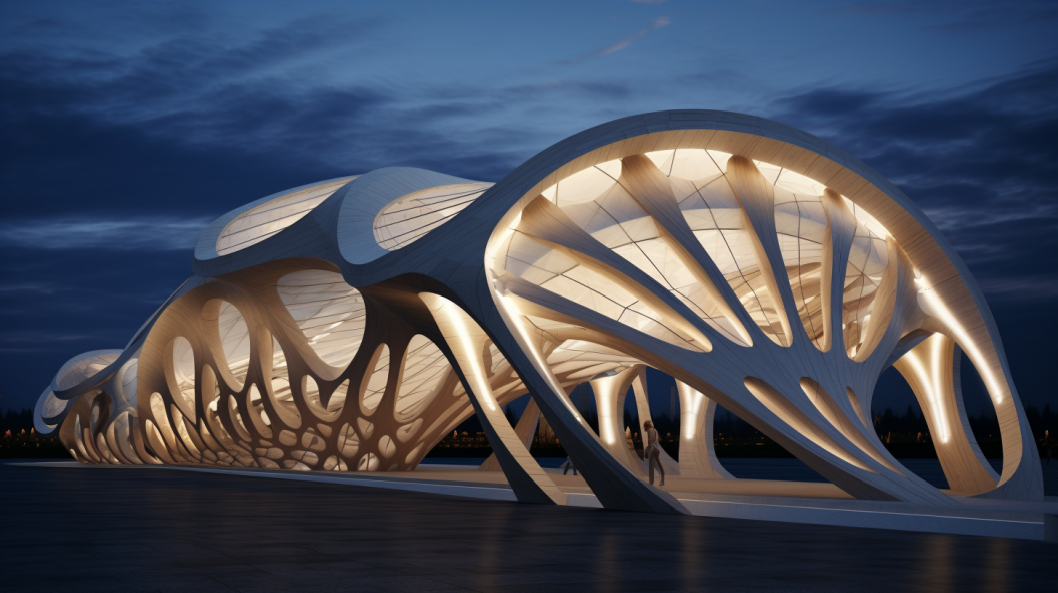
Sustainability and Energy Efficiency: More Than Just Looking Good
It's important to stress that kinetic architecture isn't just about creating visual spectacles; it's deeply connected to sustainability. By actively responding to outside conditions, kinetic elements can significantly improve energy efficiency. For instance, dynamic facades can control how much sunlight enters, reducing the reliance on artificial cooling and heating systems. This plays an active role in minimizing energy use and improving the building’s green credentials.
Ethical and Social Considerations: Beyond Just Beauty
However, as we create this alliance between technology and architecture, we need to think carefully about ethical and social considerations. How does kinetic architecture affect urban areas and social interactions? How does the constant adaptation and movement of structures influence the psychological well-being of the people living in them? Furthermore, what are the implications of widespread data collection through sensor-embedded environments regarding privacy and surveillance?
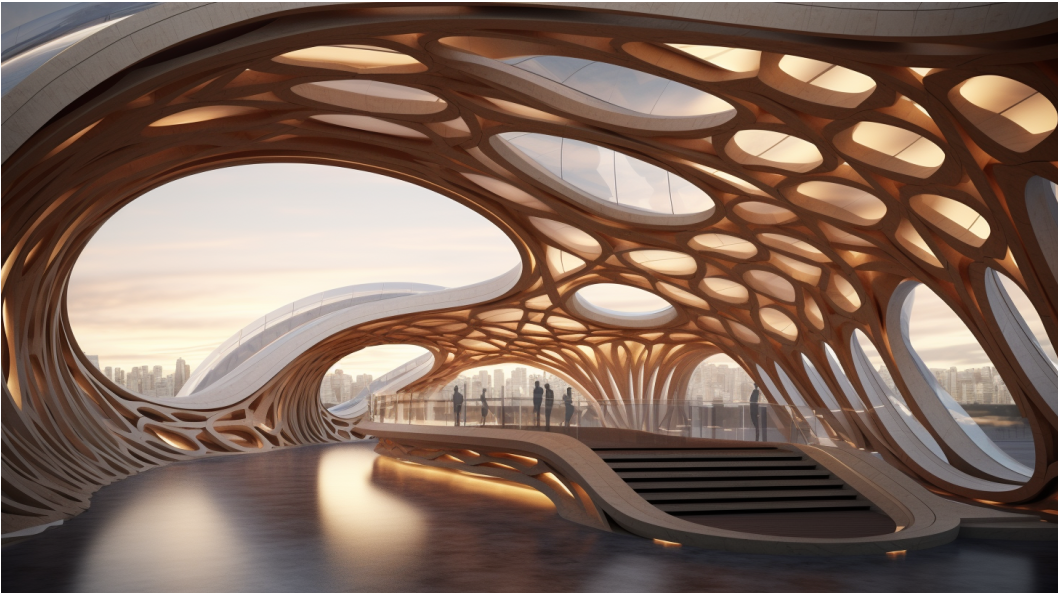
The Future Path: Redefining Spaces
While kinetic architecture combined with parametric design promises a future where buildings are dynamically adaptable and naturally sustainable, it also encourages us to imagine new directions in architectural thinking. This integration shouldn't just be seen as a technological advance, but should be carefully examined and improved through the lens of overall sustainability, social interaction, and ethical practices.
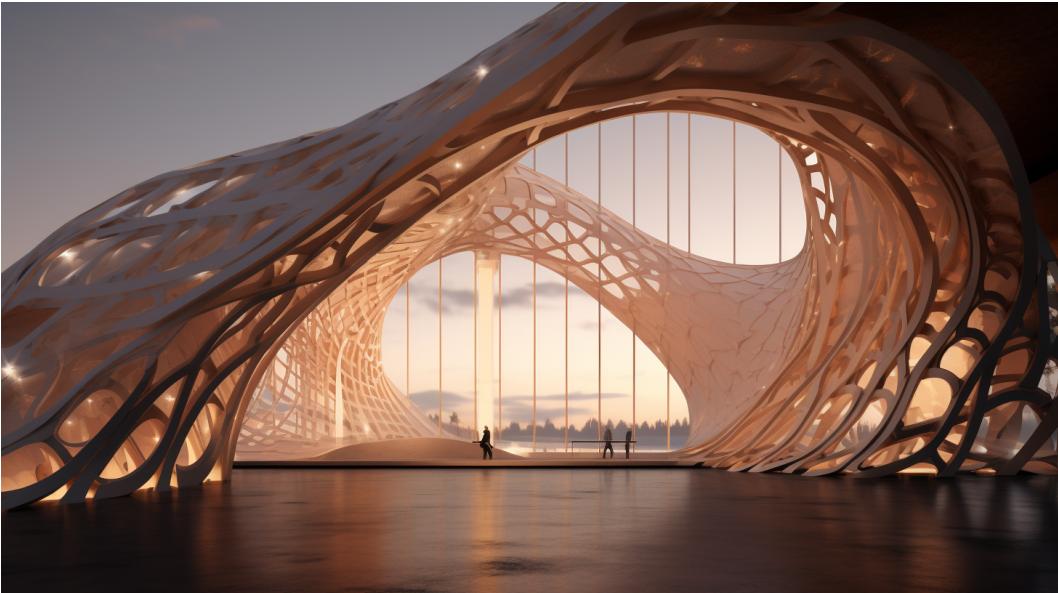
Welcome to planksip® – your go-to media outlet for top-notch content creation. Get content like this for just $200 per week!
